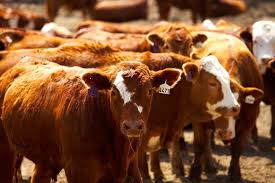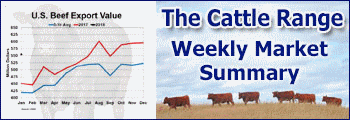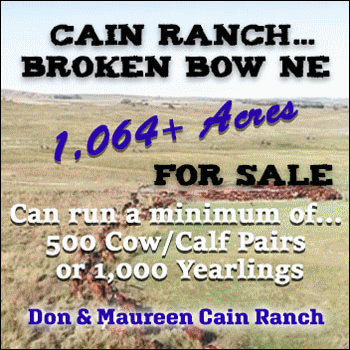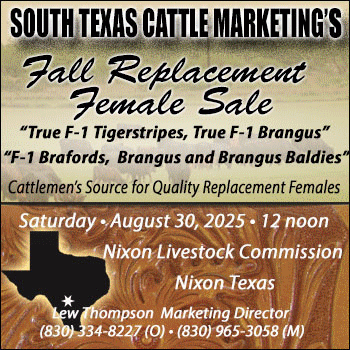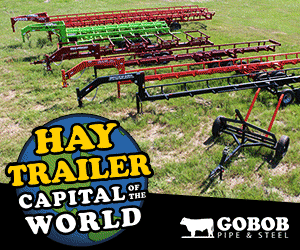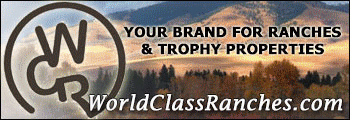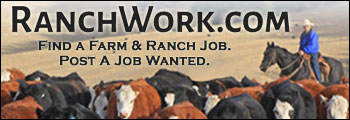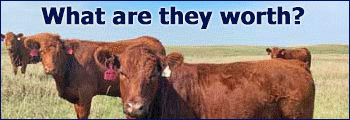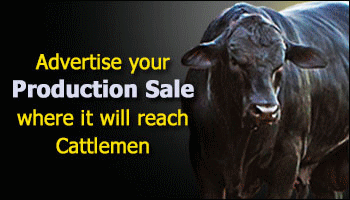Derrell S. Peel, Oklahoma State University
Derrell Peel, Extension ag economist with Oklahoma State University, says cattle numbers remain tight as the new year begins.
“Some day we will see producers start to save heifers, but it’s not happening yet,” he says. “The numbers of heifers in feedlots is staying pretty high.”
That has not translated into sharply lower beef supplies, however. Peel says carcass weights are up, so the industry is actually producing more beef with fewer cattle.
“When we start saving heifers things are going to get really tight,” he says.
Peel says several factors are at work when it comes to the potential to expand the cow herd. He says drought is a lingering issue in several sections of the country, so producers are cautious about adding more cows to their pastures.
Lower feed costs will also factor into any expansion plans, Peel says, as will lower interest rates.
“Profits are good right now but not enough to tempt anyone to expand,” Peel says.
He says as 2025 moves along, thoughts of expansion could change.
“There is nothing out there right now to indicate growth,” Peel says. “We’re still slaughtering heifers at near-record levels, and the auction trade has been stronger than expected. That tells me we’re not seeing many heifers retained yet, and if we are, they will not impact numbers in 2025.”
Peel says imports are up sharply in 2024. Dairy cattle slaughter numbers are also up along with cull cows and bulls. He says that helps drive import demand.
The strength of the U.S. dollar is also impacting the export market.
Peel says demand is strong, adding the market is currently looking at record-high ground beef prices.
Politics could also impact the beef market in 2025. Peel says the threat of tariffs adds more uncertainty.
“I think we will continue to see the supply-side drive this train,” he says. “I don’t think we have put a top on this market yet.”
